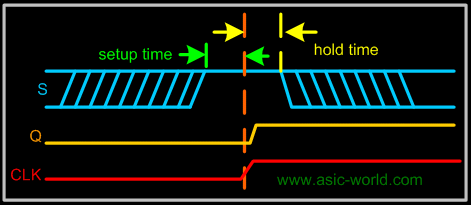sachinmaheshwari
Member level 4
what is the set up and hold time.?
plz explain me using a clock,input and an output.
plz explain me using a clock,input and an output.
Follow along with the video below to see how to install our site as a web app on your home screen.
Note: This feature may not be available in some browsers.
